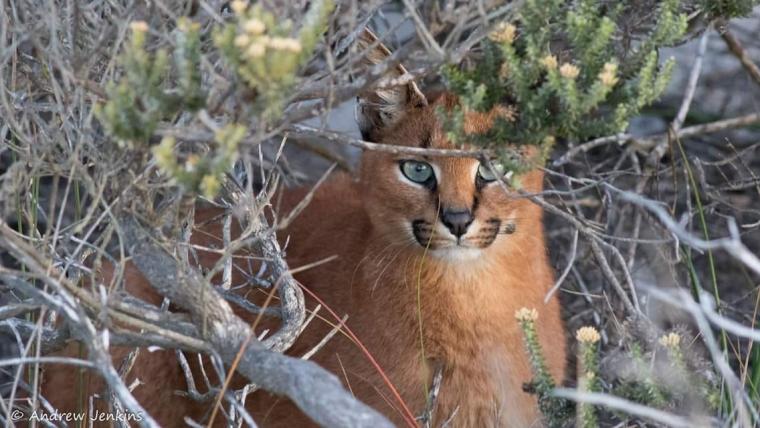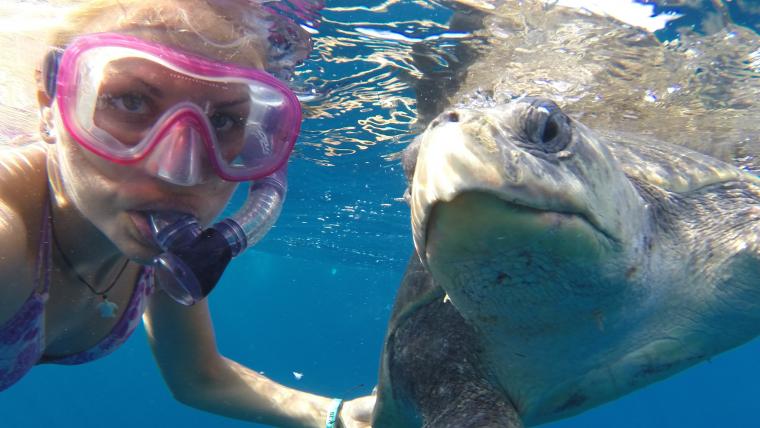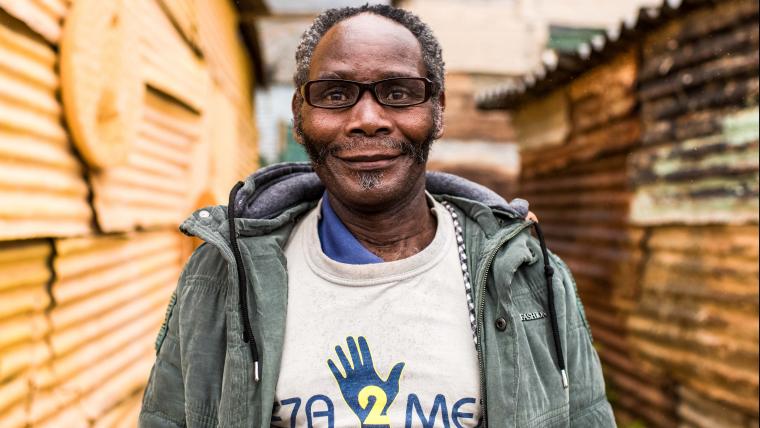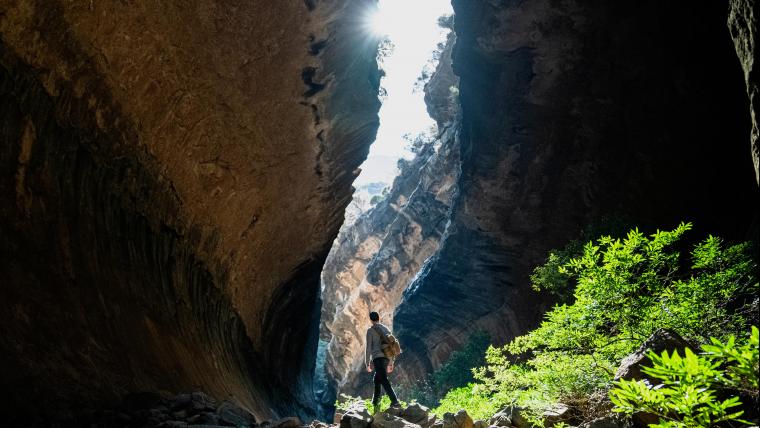
Fewer than 60 caracals remain in the Cape. This is how to secure their future in the city
With their tufted ears and sleek tawny coat, caracals are a rare sighting on the Cape Peninsula. Despite being only slightly bigger than a domestic cat, they are the largest remaining predator in this region. But they are also a common fatality on Cape Town’s roads. There are only between 50 and 60 caracals left in the area, and they face immediate threats from cars, habitat fragmentation, and pollutants. Gabi Leighton is a wildlife ecologist at the Urban Caracal Project exploring how humans and caracals can live harmoniously in the city.
One of the problems facing caracals is the lack of knowledge surrounding the species due to their elusive nature. “Despite their really wide geographic distribution, there’s actually very little known about caracals,” Leighton says. With roads overlapping with natural game paths, the dangers that cars pose to caracals is immense, especially at night. “The main threat on the Cape Peninsula is vehicle collisions,” Leighton explains. Another major risk for caracals is the prolific use of rat poison and other pest controls. Leighton works with the Urban Caracal Project out of the University of Cape Town’s Institute for Communities and Wildlife in Africa to monitor caracal eating habits, test for pollutants, and run statistical models to determine ways to protect these cats living on the edge of urban areas.
Working with local artists to raise awareness, the Urban Caracal Project has rallied public support for preserving the animals. Caracals are an umbrella species, and their presence is crucial to their entire ecosystem. By establishing a basis of knowledge about caracals, Leighton and her team are securing the cat’s future on the Cape Peninsula. “We can find ways to conserve caracals that are living along the city fringes,” she says.
Footage and photos by Urban Caracal Project, Henk van Dyk, Kyle Green, Fenton Cotterill, Hilton Davis, John Hishin, Anya Adendorff, Loretta Purvis, Hans Peter Neth, Luke Nelson, Hana Petersen, Nic van Droesburgh, Ian Merrington, and Andrew Jenkin were used in the creation of this film.






























Please sign in to leave a comment